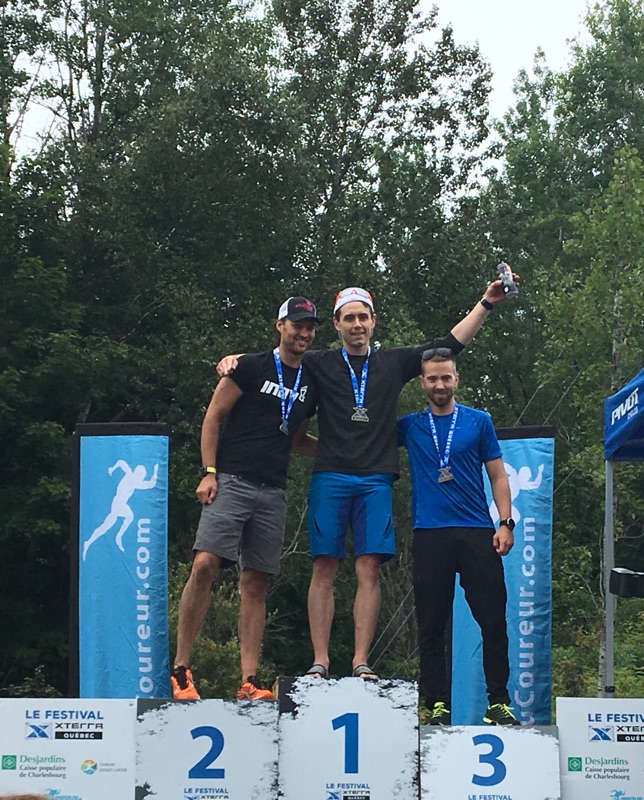The most expensive part of endurance racing is usually purchasing the bike! It doesn’t have to break the bank. With proper planning, a new or better bike can be easier to attain than you think. Have a look at a few ways to make this purchase less of a hit than it has to be…
Off-Season Shopping
I’m a big fan of supporting my local bikeshop (LBS). Contacting the owner during the Winter (or even Fall) and asking what they have on clearance in your size is a good place to start. Stop in and let them size you up for a bike if you aren’t sure of your size.
That bike you want now could be a whole lot cheaper in the winter! The hardest part, believe me, is to wait when you get the urge to upgrade.
I’ve had success researching and phoning other bike shops. I ended up driving 3 hours in the winter to score a new 2015 S-Works World Cup mountain bike. It was almost 2017 and this top of the line ride was nearly 50% off.
Get to know a Pro, a Rep, an Employee, or Brand Ambassador
If you can find one of the world’s luckiest people in your size – they usually upgrade their rigs every 1-3 years. Networking during group rides and races or joining a local triathlon/cycling club are good ways to find these guys. Ask around… the coaches are usually weaved into the local network and can point you in the right direction.
Shop employees (with their sweet staff discounts) are also known to ride the good stuff and turn over their bikes regularly. Getting first crack at a high-end ride when it comes time for them to upgrade can save big bucks. It’s all in who you know!
Build your own
What’s the worst that can happen? You learn a little more about bikes… That’s what happened with me! I got carried away and built a 14lb Road Racing rocket that would sell for at least $7,500 and only spent $4,300 (more than most want to spend but you get the point!). I’ve also bought a ‘left for dead’ 2009 cyclocross frame which I currently race after I fixed it up with newer parts. Your contact at your LBS can help you source the parts and if you’re part of a local racing or training team – you can usually get a 10-25% discount on parts. Ordering from the UK or ebay is sometimes cheaper, but you’ll likely have to pay Duty costs and I’d rather have the support of the LBS if something like a bottom bracket or headset did not fit.
Older doesn’t mean slower! If you find an older bike with a 10 speed drivetrain – they are much cheaper to replace than the standard 11 of 12 speed models. Seeing the potential in a bike then challenging yourself to build it up can be a fun project. Just make sure the bike frame is in tact which a LBS mechanic can verify. Learning small things like how to adjust your gears or install brakes and cables will save money down the road.
And if you bite off more than you can chew as many of us do with projects, the winter is a great time to walk your project into your LBS. The mechanics usually have the time in winter show you how it’s done or finish the job for you. Most shops have a Beer Jar which shows your appreciation for their time if they don’t charge. Sure there’s youtube and the Big Blue Book of Bicycle Repair (which I love) – but nothing replaces a trained mechanic on your own bike!
The Clothes-hanger
There are gem bikes out there which the optimistic owners buy – having all the good intentions in the world to ride. Whether it’s life or injuries – these folks are not using their bikes and trying to sell them. Keeping an eye out for them can save a few dollars as these bikes could be barely ridden at a discounted price.
If you buy a used bike – always verify ID and a receipt (with Serial #) which legit sellers will have. They can contact their bike shop for a copy of the receipt if they don’t have it on them. A seller should be somewhat knowledgeable about the details of their bike including the year, size, specs, where the bike was purchased etc. I’d never respond to an ad for a “Tri Bike for $2000,” as opposed to a “2014 Cervelo P3 with upgraded Dura Ace Crank”. I’ve even heard of ‘a friend’ who went as far as creeping someone’s Strava to find the bike in the seller’s Gear, and how many km’s it has listed to verify the seller’s Clothes Hanger story.
Don’t be afraid to walk away if you even suspect it’s stolen. It’s also a good idea to browse local social media “Stolen Bike” groups, and check with local law-enforcement. Good practice can also mean bringing a friend when buying used for your buddy’s bike knowledge and presence.
SUPPORT YOUR LBS and RIDE-ON – I would love to hear about your best purchase in the comments!!!


